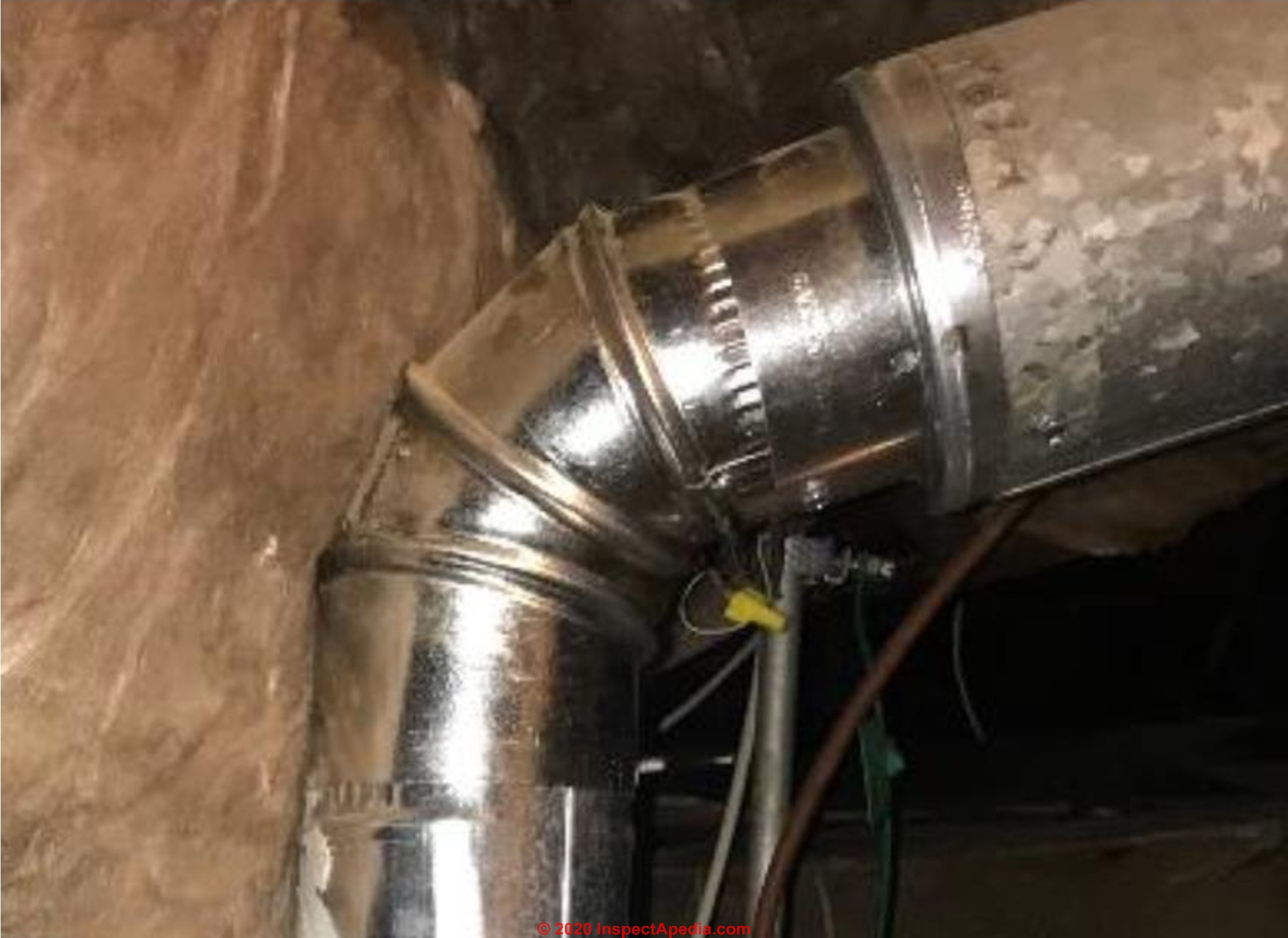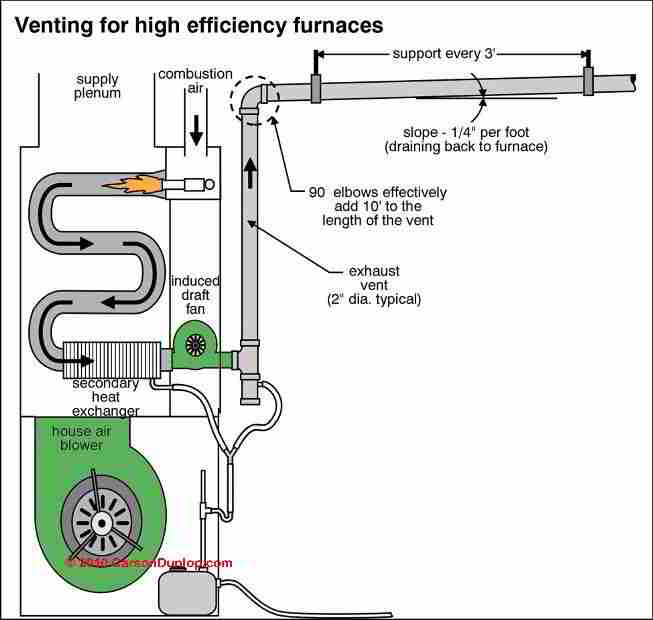Well my father always used furnace cement on most any exhaust component that leaked manifolds pipes mufflers etc i dont think its realy the best thing but it did work surprisingly well on some of the old junk we have i usualy preffer to clean it up real well with a heavy wire brush on the grinder then use some copper based never seize on the surface put on very liberly seems to help alot with minor leaks unless theres actualy material eroded away in large areas rather than just pitting.
Furnace cement exhaust leak.
Most repairs will not stick or seal if done over dirt and grime.
Before you start the process ensure that you have the right protective gear and follow the steps below.
Some engines have egr ports built into the head and that might be where the leak is.
Scrub the area surrounding the leak with a steel toothed brush.
Here s what to look for.
If your furnace exhaust pipe or flue pipe is leaking it can be a sign of a much bigger problem.
Find the leaking area by imparting pressure on the tailpipe and.
Since the engine is in the car high temp furnace cement was used to fill the blind hole in the.
If it leaks water it could be leaking flue gases it needs to be taken apart and completely re done with new fittings.
Enjoy the videos and music you love upload original content and share it all with friends family and the world on youtube.
Exhaust leaks are common when combining a manifold of this vintage with later cylinder heads.
Since furnace cement is not an organic glue but rather a refractory glue it can handle the high temps the manifold will reach.
As a safety precaution ensure that the car is supported by a minimum of two supports.
Once you locate the leak use a steel toothed brush to scrub the area surrounding it.
Will need to let it cure a few days so it is strong before you try to fire it up.
If you could find some fine stainless screen like used in some fuel filters it will make a nice reinforcement to make the cement a lot stronger.
Find the exhaust leak.
I ll be taking the experimental way out and plastering the leak with furnace cement sodium silicate sometimes known as muffler mender or whatever all without loosening a bolt.













































